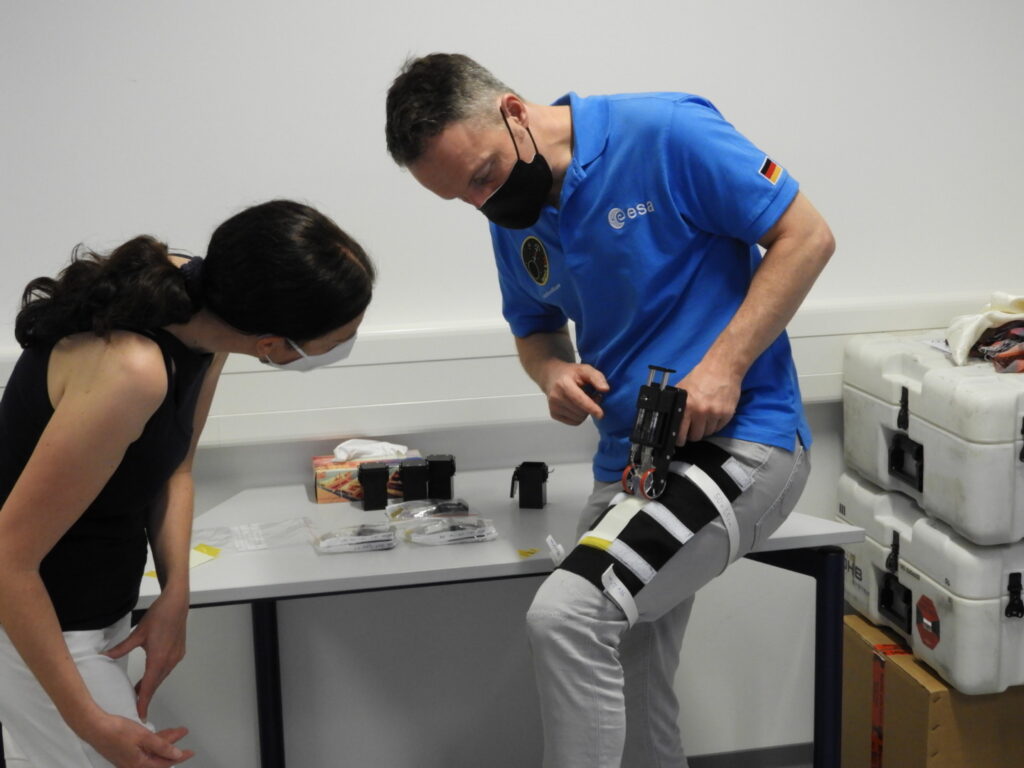Astronauts Will Test A Portable Bioprinter for Wounds

Credit: ESA
A suitably advanced piece of wound care technology will be sent into orbit to the space station in the next few days: a prototype for portable bioprinter that can cover a wound area on the skin by applying a tissue-forming bio-ink that acts like a patch, and accelerates the healing process.
While the aim is to provide a effective wound treatment for astronauts millions of kilometres from the nearest hospital, such a personalised wound healing patch would also have a great benefit on Earth. Since the cultured cells are taken from the patient, immune system rejection is unlikely, allowing a safe regenerative and personalised therapy. Other advantages are the possibilities of treatment and greater flexibility regarding wound size and position. In addition, due to its small size and portability, physicians could take the device anywhere to an immobile patient if their cells were cultivated in advance.
“On human space exploration missions, skin injuries need to be treated quickly and effectively,” said project manager Michael Becker from the German Space Agency. “Mobile bioprinting could significantly accelerate the healing process. The personalised and individual bioprinting-based wound treatment could have a great benefit and is an important step for further personalised medicine in space and on Earth.”
The use of bioprinting for skin reconstruction following burns is one growing application for the technology. However, it presently requires large bioprinters that first print the tissue, allow it to mature, before it is implanted onto the patient. By testing it in the gravity-free environment of space, Bioprint FirstAid will help optimise of bioprinting materials and processes. Microgravity-based 3D tissue models are important for greater understanding of the bioengineering and bio-fabrication requirements that are essential to achieve highly viable and functional tissues. Under microgravity conditions, the pressure of different layers containing cells is absent, as well as the potential sedimentation effect of living cell simulants. The stability of the 3D printed tissue patch, and the potentially gravity-dependent (electrolyte to membrane interface) crosslinking process, can be analysed for future applications.
The Bioprint FirstAid prototype contains no cells at this point. The surprisingly simple prototype is a robust, purely mechanical handheld bioprinter consisting of a dosing device in the handle, a print head, support wheels, and an ink cartridge. The cartridge contains a substitution (in total two different substitutions, both without skin cells) and a crosslinker, which serves as a stabilising matrix. To test it out, the simulant will be applied to the arm or leg of a crew member wrapped in foil, or alternatively at any other surface wrapped in foil. On Earth, a printed sample with human cells will be tested, and the distribution pattern will be compared to the cell-free sample that was printed in space.
Source: NASA

